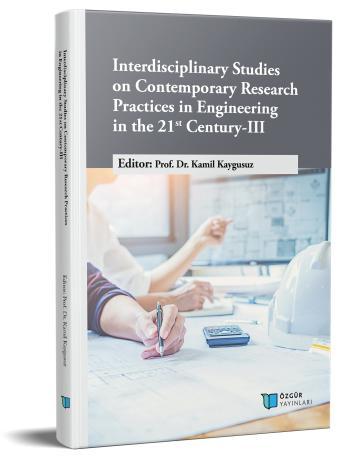
Consideration of Pumice Sand-Concrete Interface Friction in Pile Modeling
Şu kitabın bölümü:
Kaygusuz,
K.
(ed.)
2023.
21. Yüzyılda Mühendislikte Çağdaş Araştırma Uygulamaları Üzerine Disiplinler Arası Çalışmalar III.
Özet
In geotechnical engineering designs, it is necessary to know the friction mechanism on the soil-structure contact surface as well as the mechanical properties of the soil. Geotechnical structures, such as friction piles derive their reaction force entirely from this mechanism. For this reason, there are many studies in the literature examining the soil interface friction with building materials such as wood, steel and concrete, on which geotechnical structures can be built. However, there is a deficiency in the literature on examining the interface friction of pumice sand and building materials. Nevetheless, there are settlements built on pumice soil sections and this behavior should be known in the design of geotechnical structures in these regions. The most characteristic feature of pumice soil grains is that they have a very large internal void ratio and therefore they can be easily crushed under external loads. In terms of these properties, they can be expected to exhibit a different mechanical behavior than other granular soils. The most important factors affecting the interface friction of granular soils and building materials are stress level, soil fabric, soil particle size distribution, shape-texture of soil grains and surface roughness of the building material. The most widely used test in the laboratory for the investigation of soil and building materials interface friction has taken its place in the literature as the direct shear box test. The advantage of this test is that both the internal friction angle of the soil and the interface friction angle of the soil with the building material can be obtained under similar boundary conditions. Thus, the strength parameters of the material are obtained. Definitely, more comprehensive tests such as triaxial tests are needed to obtain elastic material parameters. By using all these material parameters, stress strain analysis of geotechnical structures can be performed with numerical methods such as the finite element method. In this context, the stress strain analysis of a single pile was investigated by the finite element method, strength parameters and the pumice sand concrete interface friction angle, which were obtained in the laboratory of the loosely prepared pumice sand.

